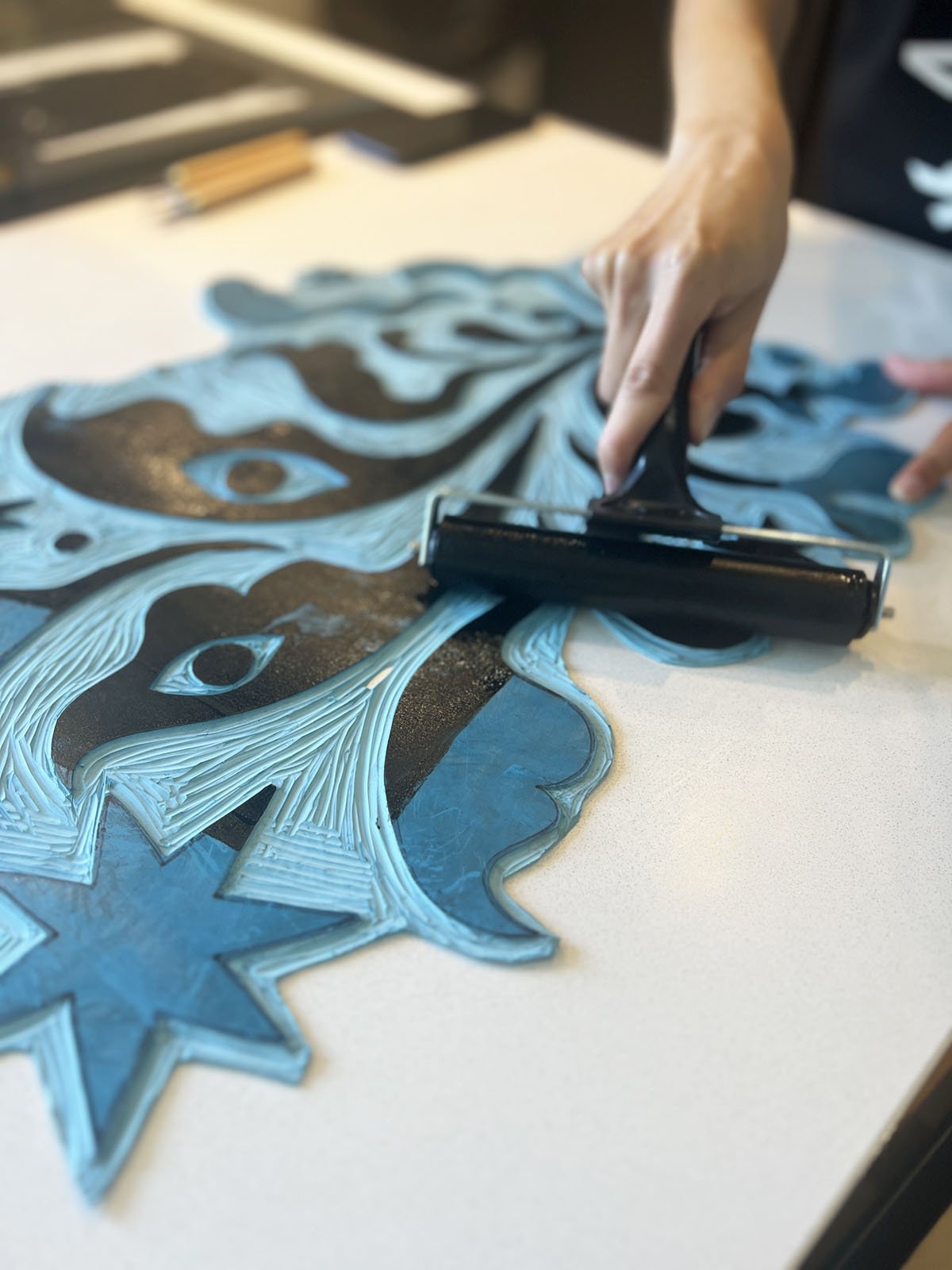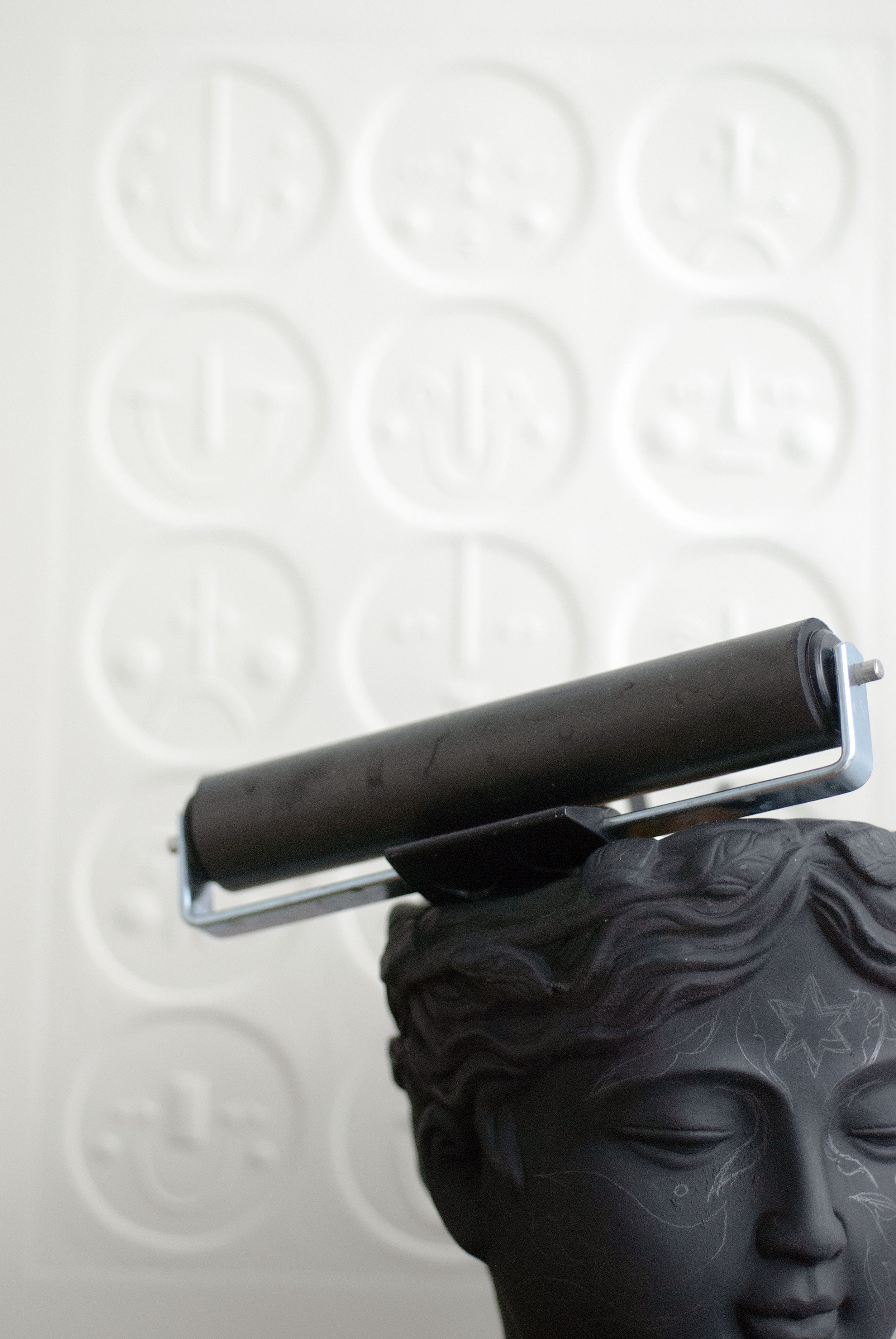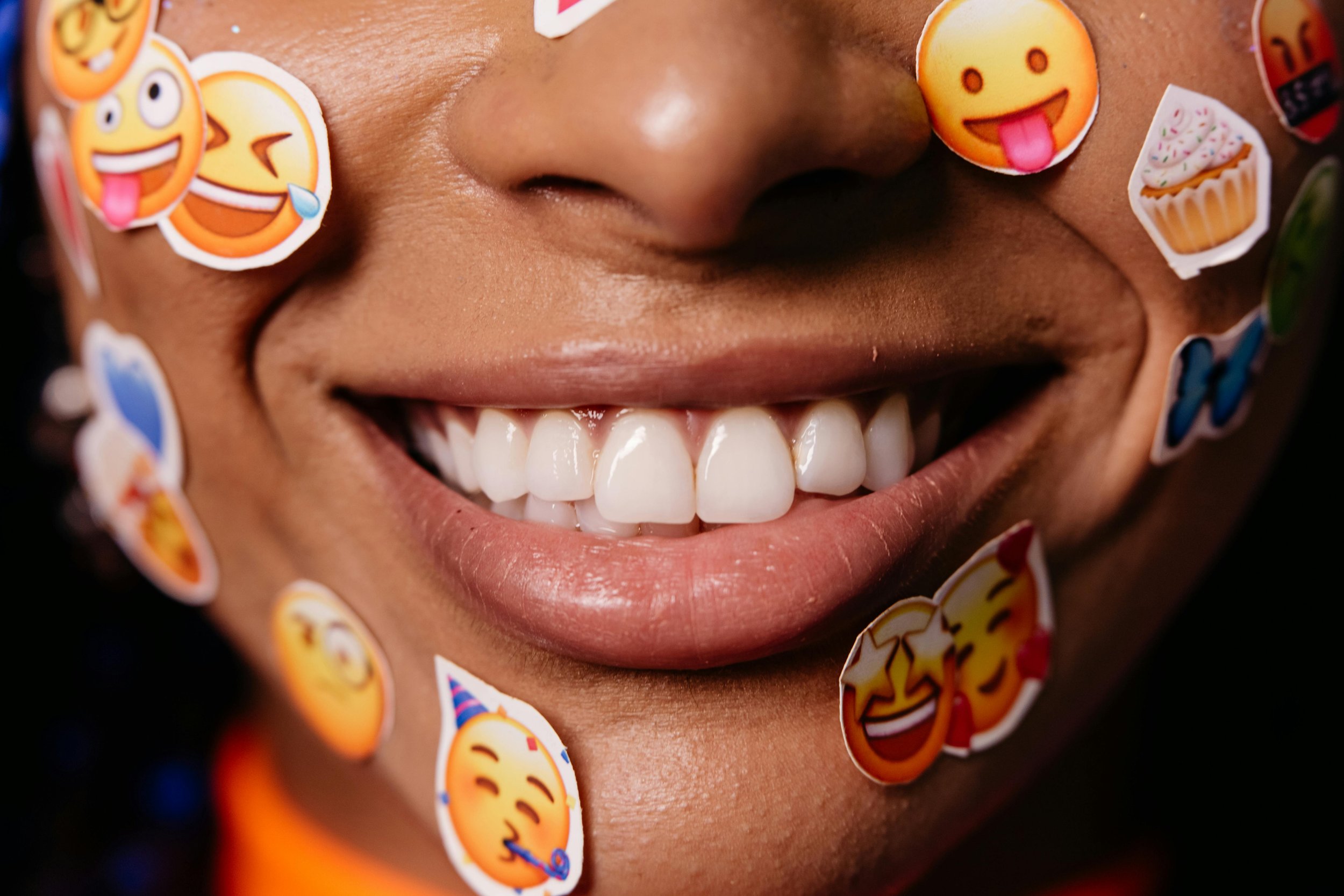Being your authentic self on social media
About
Our unique personalities influence our creativity: from what it looks like, to its authenticity. So why should our approach to social media be any different? When generic strategies for trend- and algorithm-optimised content calendars just aren’t effective enough, we can learn to look inward instead: by using social media in a way which complements who we are and tells our authentic stories.
Share this article
Authenticity has longevity
No matter what kind of art you create, your practice should be a vehicle for you to channel your beliefs, values and ideals. Rather than trying to capitalise on fast-moving trends, where you run the risk of losing your creative voice or sense of self along the way, focus on keeping your story authentic and integral to what you do. At the end of the day, people will follow your journey – and continue to do so – if it remains authentic. Even if it takes a little longer.
Being authentic has a lot to do with self-reflection – the ability to look inward. Given the demands of everyday life, this might feel like a luxury for many. Nevertheless it is an important element to retain for any creative process: understanding ourselves deeply, understanding how to heal and love ourselves, means we’re equipped with the right mindset to chase the right opportunities, overcome challenges, and shape the identities we project.
Understanding our personality traits
Before deep diving into the different social media approaches below, we first need to do some exploratory research into ourselves – to understand our personality traits and what might work best for us.
Traits can be defined as consistent and stable characteristics which account for personality differences. Many trait-based theories have been developed over time – in this article, we’re referencing the “Big 5” or “Five Factor” model which offers a more distilled understanding of personality building blocks. The five factors, dynamic and each treated as a spectrum, are as follows:
Openness to experience
Conscientiousness
Extraversion
Agreeableness
Neuroticism
To first learn more about trait theory, and the “Big 5” model specifically, check out these insightful Verywell Mind articles:
What Is the Trait Theory of Personality? (Cherry, 2023)
What Are the Big 5 Personality Traits? (Cherry, 2023)
The bottom line
Regardless of your personality type, there are certain overarching pieces of advice we can all follow when growing our social media presence. These can help us feel grounded and rested along our journey.
Tell the right stories. And keep them relevant to the identity you are building for yourself online: even a persona can be authentic to your artistic experience.
Delegate if you need to. We can’t always do it all: from PR, marketing and sales to creative and design, there’s a lot to take on when growing a brand. Collaborate by surrounding yourself with the right talent to help push you forward.
Allow yourself time to reset. Step away whenever it starts to feel overwhelming. We are allowed to disconnect and find ourselves again, with calming practices such as mindfulness meditation, yoga and nature walking.
Don’t take yourself too seriously. If you aren’t, it isn’t worth doing. Social media can be all-too consuming at times, perhaps even tedious or stressful when approached from a business angle, so try to find the little joys when creating content, and remember to have fun as you do.
Be unapologetically you. Whether you’re oversharing or not posting enough, never apologise for it. Be yourself, authentically and unapologetically!
Openness to experience: The Spontaneous creative
In a nutshell
Openness suggests high levels of creativity, adventurousness, and curiosity about our world, approaching life with unpredictability and risk-taking. Falling into this category means you are intellectually and emotionally sensitive to trying new experiences. You might find yourself thinking, “I spend time reflecting on things” or “I have a vivid imagination.”
Social media checklist
Experiment often with different content types. Be spontaneous and use your high levels of creativity and imagination to keep things feeling fresh for both your followers and yourself.
Opt for the drop. Keep your followers engaged, surprised and on their toes with a weekly or monthly drop format for new product and service releases.
Keep things real. Steer clear of an abstract approach – you may want to be unpredictable by bringing an element of surprise or mystery, but people will also appreciate your honesty and clarity.
Conscientiousness: The disciplined creative
In a nutshell
On the opposite end of spontaneous and flexible is conscientiousness: a tendency to be self-disciplined, with a level of control, planning and stubbornness. You might find yourself thinking, “I am always prepared”, “I pay attention to details” or “I follow a schedule.”
Social media checklist
Keep a structured content calendar. As you revel in a sense of self-discipline, keep your calendar neatly planned out. Ideas can always be revisited as you go, but maintaining order will help minimise worries and concerns.
Highlight the details. Tell people about the little things which inspire you, from the materials you use to the exhibitions and events you’ve visited, as this will in turn inspire them.
Share the process. From infographics to video content, keep your followers feeling motivated by providing a glimpse into the process behind your work.
Extraversion: The interactive creative
In a nutshell
Extraversion describes an enthusiastic and action-oriented approach, fuelled by external motivators and a high engagement with the external world. On the opposite end is introversion, which requires less stimulation, energy and dependence on the social world. You might find yourself thinking, “I feel comfortable around people”, “I enjoy being the centre of attention” or “I have a lot to say.”
Social media checklist
Start a conversation. Keep content feeling engaging and interactive, from polls to questions, which allow you to open up and get to know your audience better.
Collaborate often. Bring out the best in you by partnering with others on new collections or content pieces, learning from their skills along the way to improve your own.
Share your ideas. Be vocal about your beliefs and ideals: whatever you’re exploring, experimenting, or channelling into your work, let this energy radiate in your communication style to keep your followers engaged and inspired.
Agreeableness: The Considerate Creative
In a nutshell
Kindness, generosity and social harmony is what an agreeable person strives for. Willing to compromise their own interests, the agreeable person is optimistic about human nature, showcasing positive links to transformational leadership. You might find yourself thinking, “I sympathise with others’ feelings”, “I take time out for others” or “I make people feel at ease.”
Social media checklist
Showcase your empathetic side. Working on exciting volunteering opportunities? Exploring new collections with altruistic themes? Achieving sustainability milestones? Keep your followers informed about your vision by making those statements clear on your website and socials. Your ethical and prosocial behaviour is what sets you apart.
Involve your community. To the extent which you’re comfortable, keep your followers feeling connected – with interactive or live chat content formats which asks questions or prompts conversations online, as well as with meet and greets, networking opportunities or live art events in person.
Opt for a calming tone of voice. An uplifting, soothing and sympathetic tone will be the perfect match for who you are. You may well be doing this naturally, but if you haven’t yet, consider how these traits can come across through your visual branding too: fonts, colours, and copywriting tones for example.
Neuroticism: The vulnerable creative
In a nutshell
Neuroticism is linked to emotional reactiveness and vulnerability. It is the tendency to lean towards emotional instability, and to have strong negative responses such as pessimism towards personal or professional work and relationships. Neuroticism changes in response to positive and negative life experiences. You might find yourself thinking, “I often worry about things”, “I change my mood a lot” or “I get irritated easily.”
Social media checklist
Don’t take yourself too seriously. Take off the pressure by avoiding an overly curated feed which aims for perfection. It is by being messier and more spontaneous that you’ll grow in confidence to share more varied types of content online, so use your social feed as a scrapbook-style mood board for your art and ideas – your followers’ perfect source of inspiration.
Keep things short and sweet. Explore content types which will keep your followers on their toes: from short and quick reels which build intrigued, to mysterious reveals and drops which feel unexpected to build up that hype.
Show your emotions, and remember to take a break. Show your vulnerable side, there’s nothing wrong with it. Let your emotions shine, own them and make them a part of your online persona to the extent with which you’re comfortable. And don’t forget that it’s okay to unplug and disconnect – you don’t need to feel apologetic about that either. ✺







